Should I Put My Stuff In Long-Term Storage To Travel? No. No. No…NO!
Long-Term Storage “Solutions” Are Essentially A Scam…Mainly Against US Citizens. Don’t Believe Me? Read On.
There’s a question that seems to come up fairly often in conversations about “extra” belongings that won’t be needed while someone travels long-term. Especially with those who have not yet fully questioned how much less they could live with. Regardless of how far you think you might go on minimizing, it’s a question I never want you to consider answering in the affirmative. The question? “Can’t I just get a long-term storage unit for my stuff for a while?”
I’ve discussed this with many location-independent and nomadic friends that did use long-term storage facilities while traveling long-term, and their response is almost always the same:
“What a waste of money. I wish I had gotten rid of it all sooner.”
Join the email list to stay in the loop on new releases!
This site participates in the Amazon Services LLC Associates Program and other affiliate programs and may earn from qualifying purchases. You’re never charged more, but it helps out little by little! Check out “Privacy” in the top menu if you need to know more!
READ NEXT: Home Ownership: 12 Bullsh*t Reasons I Still Own My House…
Society, You’re A Crazy Breed… Permission To Be “Flakey” & Change Your Life.
The Question: “Can’t I just get a long-term storage unit for my stuff for a while?”
It’s a valid question. It’s also a very American question. Actually, it’s a question almost completely relegated to US citizens. Recent studies show that the United States has amassed almost 90% of the self-storage facilities when compared to the rest of the world!
The long-term self-storage industry in the United States is a nearly $40 billion a year industry. And whereas the industry was spending around $1 billion a year in 2015 to build new consumer storage spaces, they had increased four-fold to nearly $4 billion a year. (References later in this article.)
Connect & Share This Article
Here are some of the average costs for different long-term storage options
- Standard storage unit: $60–$180/month
- Climate-controlled storage unit: $75–$225/month
- 5’x5′ unit: $60/month (normal) – $75/month (climate-controlled)
- 10’x20′ unit: $180/month (normal) – $225/month (climate-controlled)
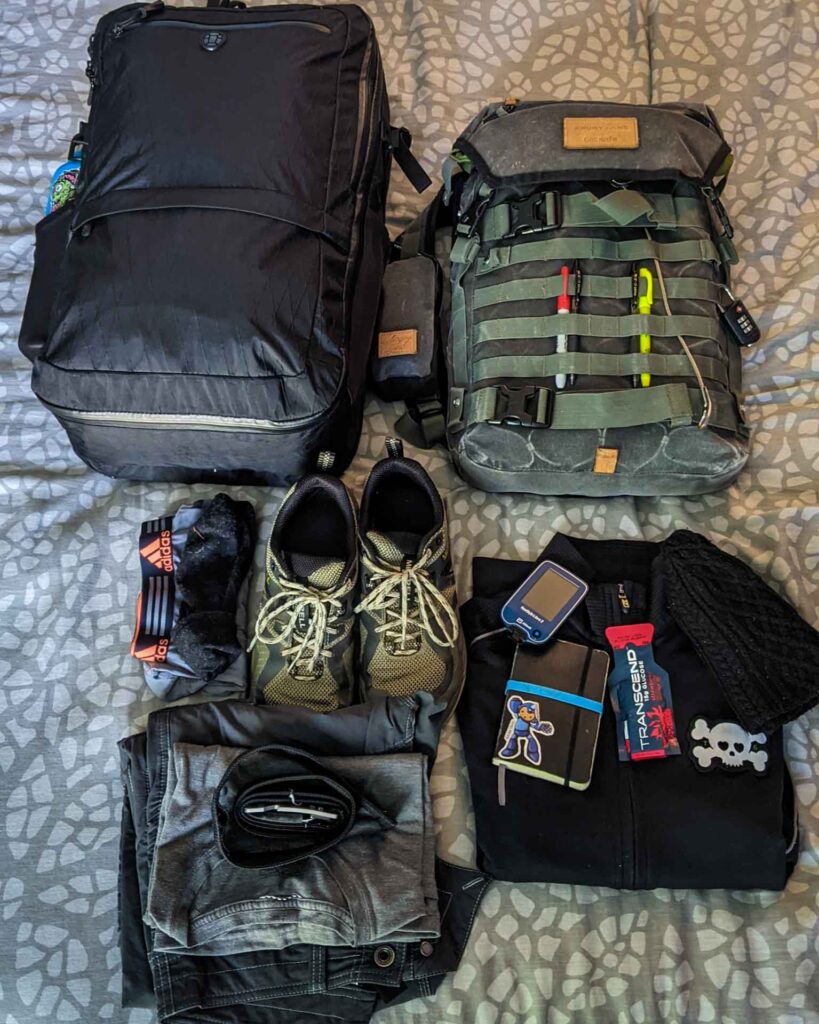
I won’t mince words.
Paying to store excess personal belongings not destined for use at any time in the extremely near future is a wildly wasteful way to spend your hard-earned money!
I’m guessing you might know where I’m going with this. The US dollar can go so much further in places outside of the US. So let’s look at some of these costs on a yearly basis, since most of those long-term storage companies make you sign a year contract.
Here’s how that money could be better spent on travel and experiences. Of course, these costs vary by region. Places like Los Angeles or San Francisco will be much higher than these average numbers.
- Smallest standard unit yearly: +/- $60×12 = $720/year
- Largest standard unit yearly: +/- $180×12 = $2160/year
- Smallest climate-controlled unit yearly: +/- $75×12 = $900/year
- Largest climate-controlled unit yearly: +/- $225×12 = $2700/year
READ NEXT: Getting Rid Of “Just In Case” – Next Level Simplifying
You Might Have Too Much Underwear
Here are some of the typical monthly living costs for destinations around the world
Now here’s what that kind of money can get you if not used for long-term storage fees and instead used for long-term travel costs. These are typical monthly costs of living for a nomad or a remote worker, solo. Of course can go up from here if you’re a big spender, but they can also go down if splitting costs on big ticket items like accommodations.
- Lisbon, Portugal: +/- $2000/month
- Chiang Mai, Thailand: +/- $1000/month
- Budapest, Hungary: +/- $1400/month
- Buenos Aires, Argentina: +/- $950/month
- Sofia, Bulgaria: +/- $1300/month
- Playa Del Carmen, Mexico: +/- $1250/month
- Medellín, Colombia: +/- $1000/month
Keep in mind, these are typical nomad or remote worker monthly living costs. They tend to fall higher than living like a local but well below typical vacation costs. Things get even more affordable when living more like a local and renting long-term. These are typical monthly costs of living assuming a long-term, more local style of renting/living:
- Lisbon, Portugal: +/- $1420 month
- Chiang Mai, Thailand: +/- $750/month
- Budapest, Hungary: +/- $1100/month
- Buenos Aires, Argentina: +/- $500/month
- Sofia, Bulgaria: +/- $800/month
- Playa Del Carmen, Mexico: +/- $800/month
- Medellín, Colombia: +/- $550/month
The double-whammy of depreciating returns & wasted long-term storage fees
One of the things you’ll also want to consider if you’re planning to store belongings to travel is the depreciation of value of the things you’re storing. This won’t be the case for everything, but higher-priced tech like stereos, computers, and appliances will continue to be worth less month-by-month while they sit in storage.
Example: If you could sell a big ticket item for $500 but instead choose to store it for a year, it may only be worth $350-400 by the time you get it out of storage.
So not only have you spent money to store it…you’ve lost money on your return!
Combine the potential depreciation of 4-5 expensive items like this and you could be losing a lot more than you thought possible at the beginning of this thought process! I’m hyper-sensitive about anything that has a finance fee or “opportunity cost” that seems overly detrimental to my bottom line in the long run. This definitely seems to fall into that category. Watch out!
Maybe that “inexpensive” long-term storage unit isn’t so inexpensive in the long run
As you can see, $720-$2700 per year spent on long-term storage—storing items that aren’t getting much use—could be much better spent living for months in different nomad-friendly cities around the world. Places where the US currency is very strong.
Combine extra losses in depreciation of items you could have potentially sold—and invested the money and maybe made a few percent—and there’s more financial carnage.
I guarantee you have a friend or family member that will let you store a good sized chunk of stuff for a few months while you travel so you can avoid falling into the long-term storage unit money trap.
Let a friend or family member “borrow” your things indefinitely, donate them to a good cause, or just sell it all to fund your next adventure!
In the comments, let me know if you did spend a lot on long-term storage and end up regretting it!
BTW, here’s just one of many articles that breaks down the long-term self-storage industry in the US.
Cheers!
—Jason
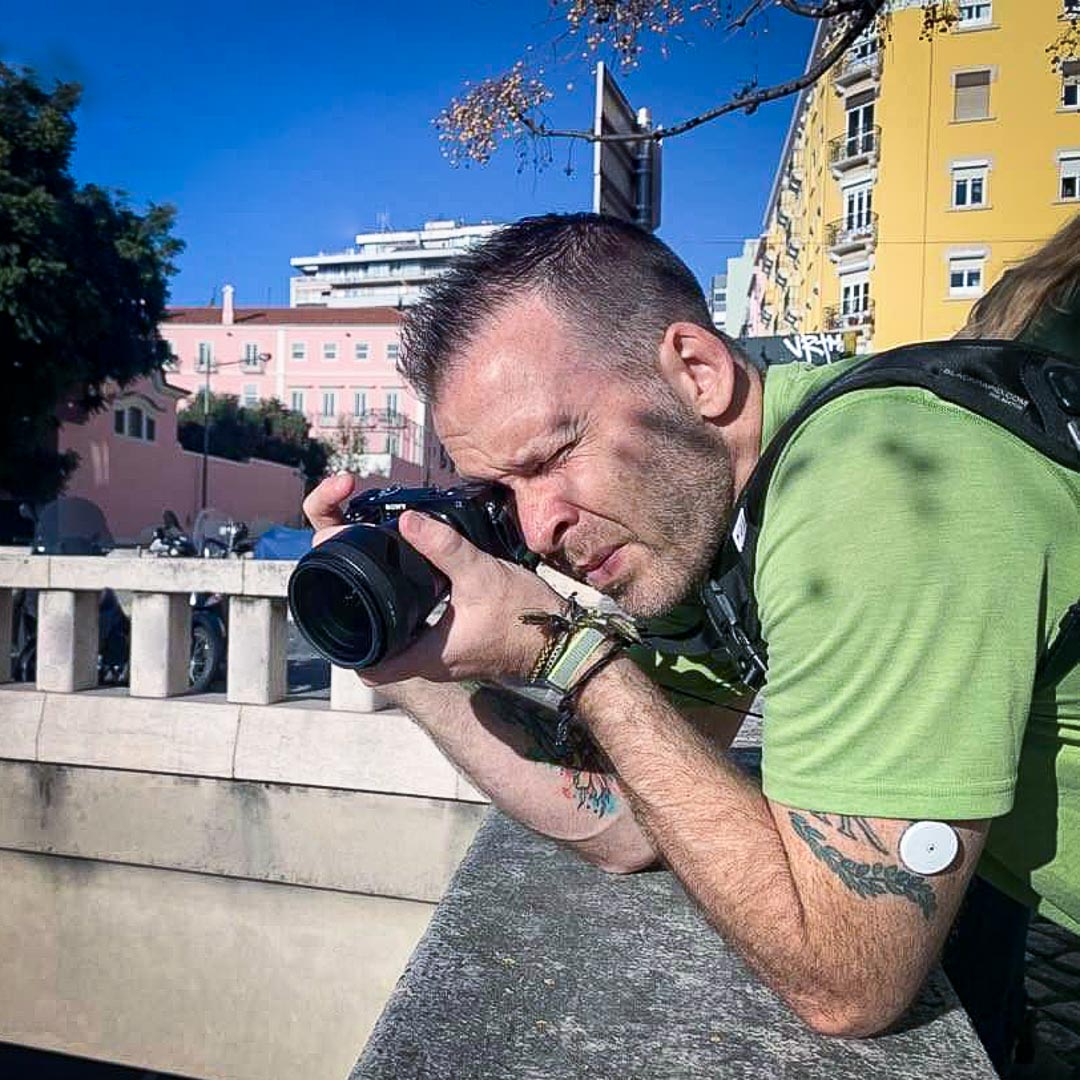

About Jason Robinson
Jason is the author of “The Beginner Traveler’s Guide To Going Nomad,” as well as the voice behind the words and the eye behind the lens for The Nomad Experiment. “Planning to travel at some point” wasn’t actually getting the job done, so nearing 40 he decided to make it a priority, nomatter how scary that was. A few years later—through the pandemic and a type 1 diabetes diagnosis at age 42—now living a life of nomadic travel, he’s speaking out to encourage others of any age, or with any serious medical diagnosis, to live an unconventional life.


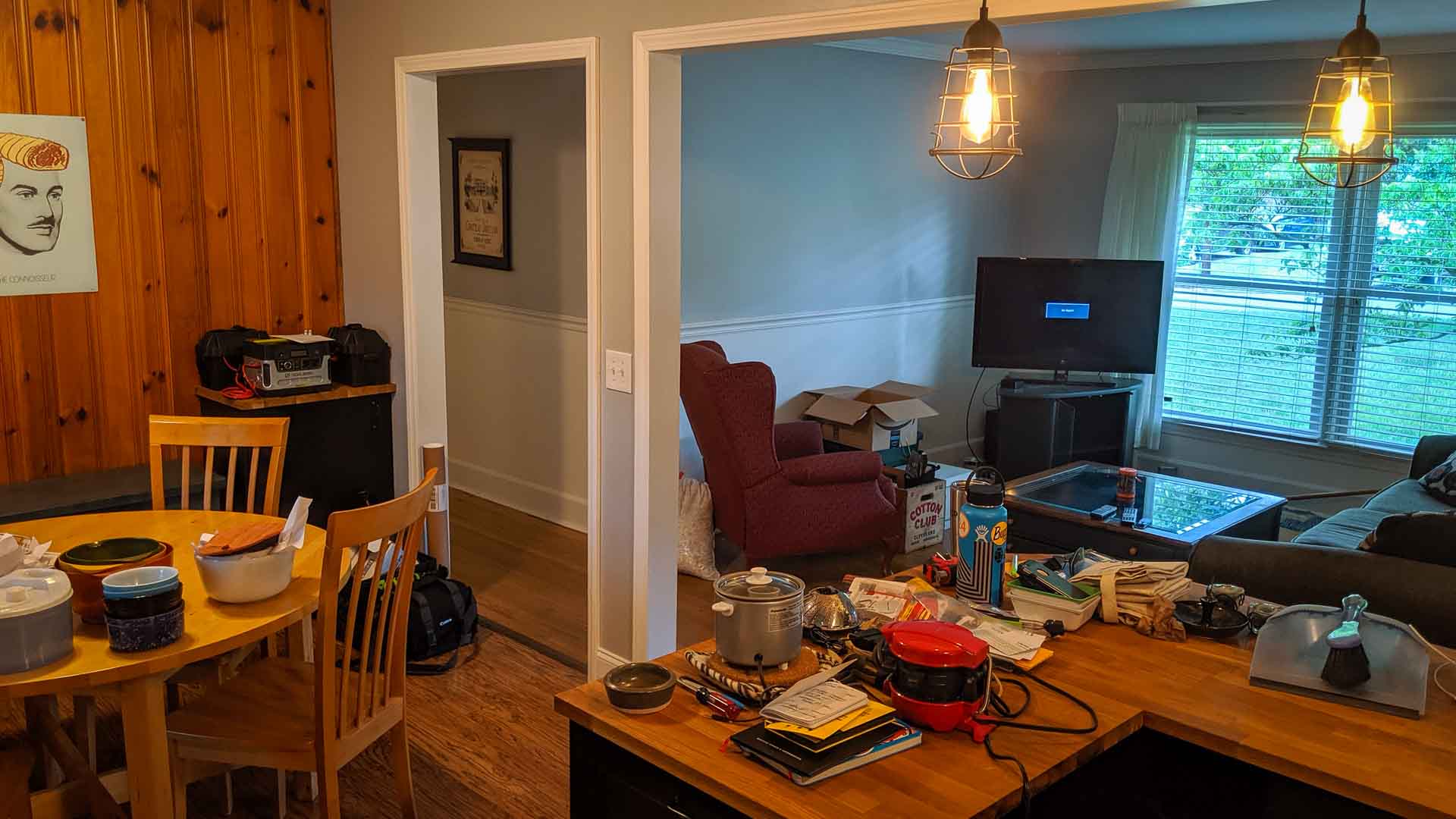

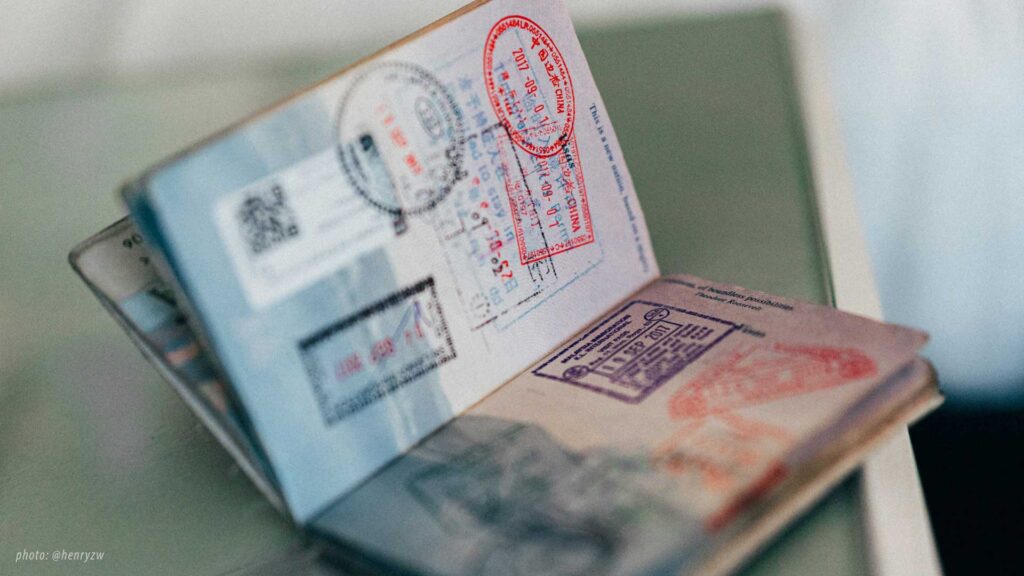
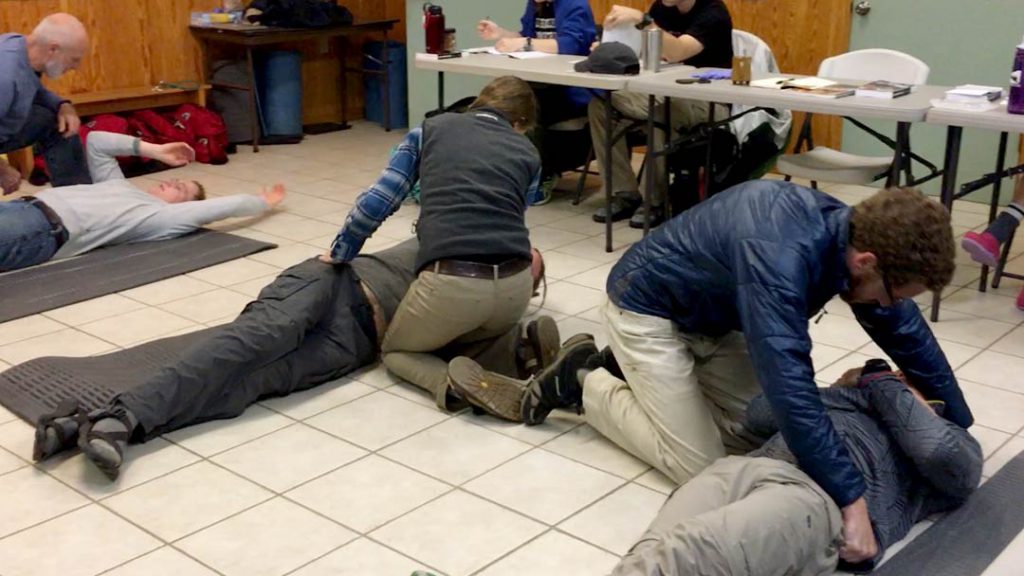
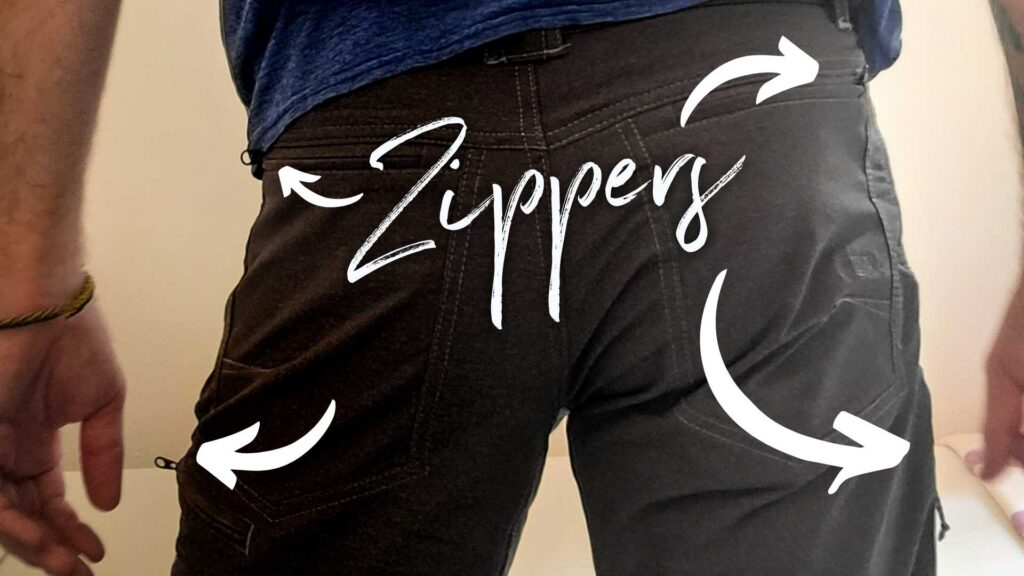
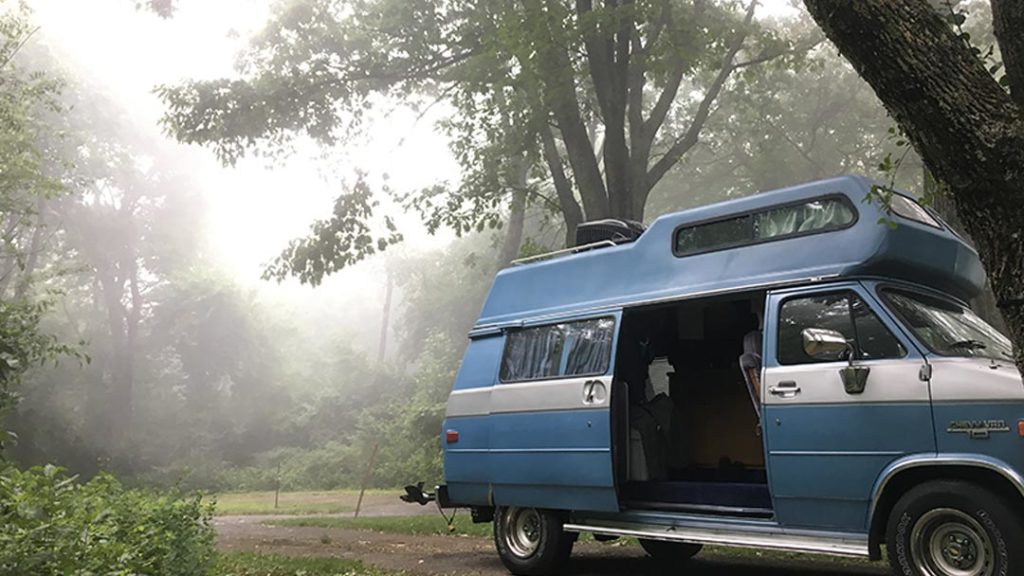

I used to have a cello. I enjoyed playing it with musician friends of mine in jam sessions, just for fun. I always thought about taking more lessons and getting better at it. When I went nomadic, I lent it “indefinitely” to a friend of mine who wanted to learn the cello. She ended up never doing much with it either, but one of her friends expressed interest in buying it, so I sold it to the friend of a friend. I doubt I’ll take up the cello again, but if I do I will just buy another one, which will be cheaper than it would have cost to put it in climate-controlled storage for years on end.
Yep, this is what I find happens to a lot of new travelers; they save things “just in case” but just end up selling or giving away later. Early storage might be necessary, but too long and it’s a lot of lost loot! Cheers Lily!
Thanks for the well-written article. Some years ago, I traveled through some parts of France and Germany for a few months, and had a hiking backpack and that was big enough to carry what I needed for the journey. We stayed at places using Couchsurfing and also WWOOF’ing (Willing Workers On Organic Farms).
I’m hoping to travel to Europe soon and was waffling between selling or donating or letting my friends use or even keep my stuff of renting a storage unit. After reading your article, it sounds like getting a storage unit would be a massive waste of money.
Thank you.
I fell into the storage trap when I moved to London in 2004. I have been back for 15 years, moved 3 times and paid to move and store the items and have finally realized that I could have used that money for an awesome vacation every year. So 2024 is my year to break free of this expense and travel more.
Love it! Do it! Sounds overdue to use that money for experiences!